Getting your kid started on painting and not sure what paint to get? Both acrylic and watercolour paints are good options to consider as they are water-based, which means the brushes can be rinsed in water during painting. These paints do not require the use of harsh chemicals which makes them perfect for kids to play with, as long as they are old enough to know what not to put in their mouth.
Acrylic paint is made of pigment in acrylic polymer emulsion. It is easy to handle because it dries quickly. It is also versatile—you can dilute it by adding more water to emulate watercolour. If you add only a small amount of water to it, it becomes more like a paste, making it similar to oil paint.
Acrylic paint is suitable for little ones especially beginners as it is easier to control—a new layer of paint can go on top of any dry area of your painting. The new colour will show on top of the darkest colour. When working with wet paint, the colours blend well and mix on the canvas/paper quite effortlessly.
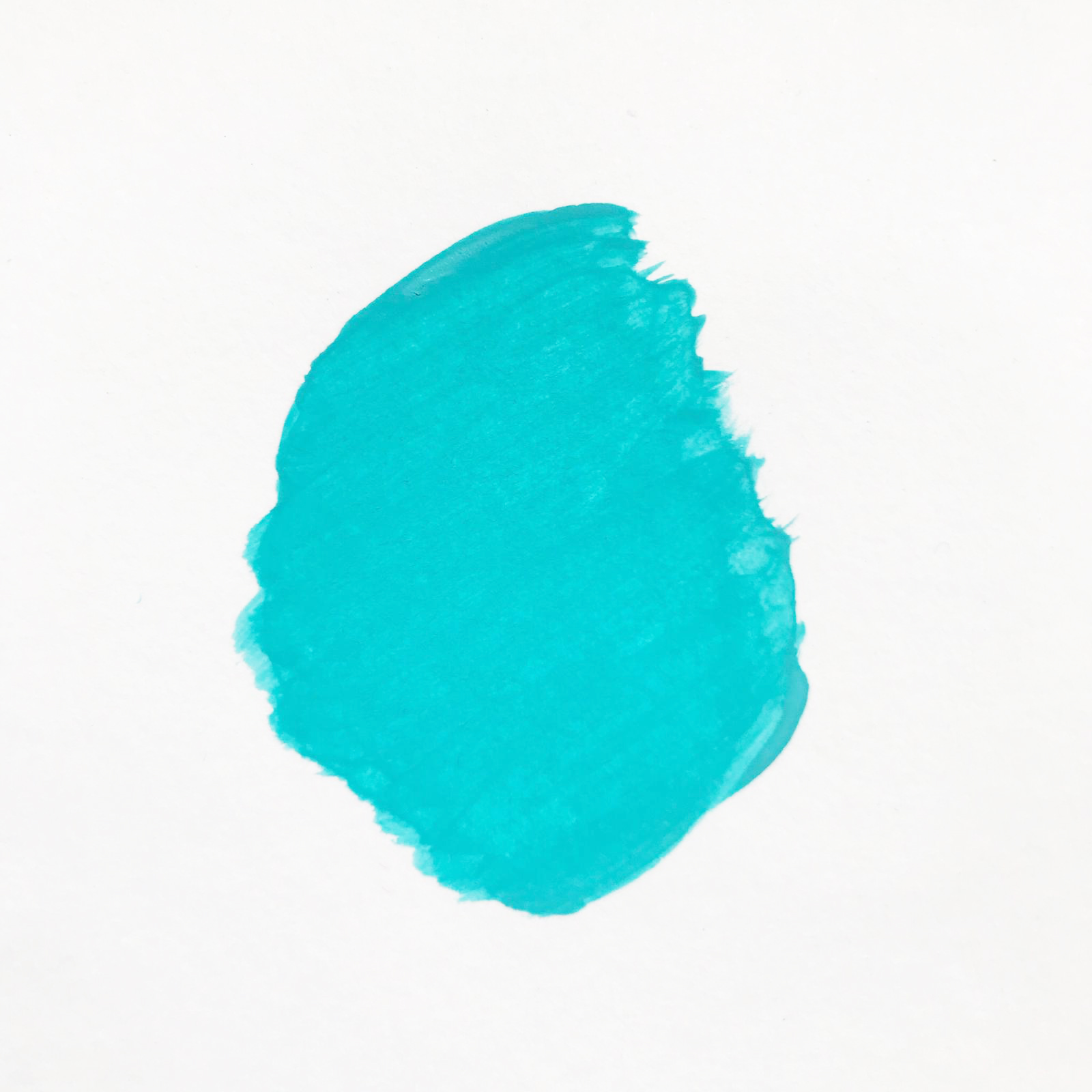
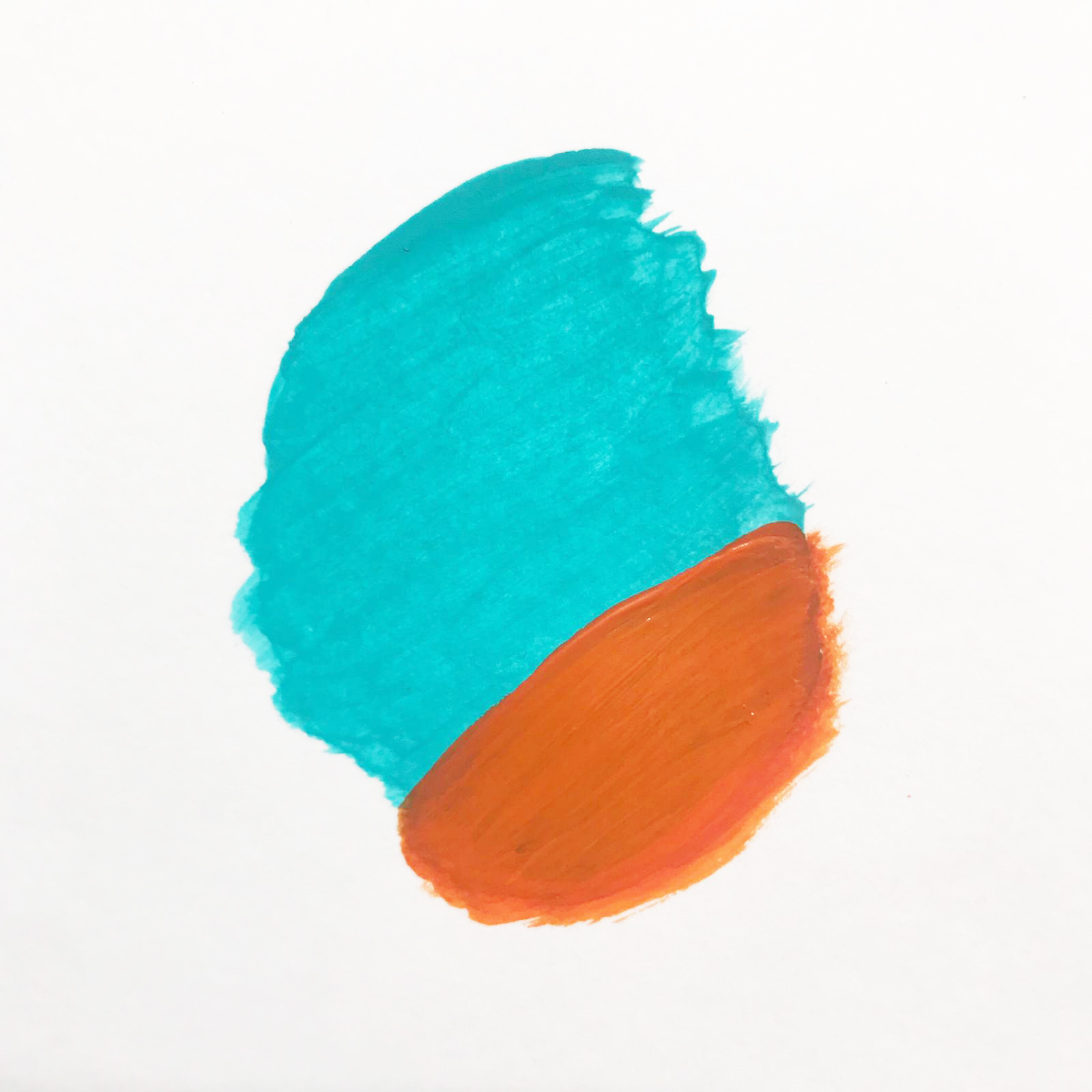
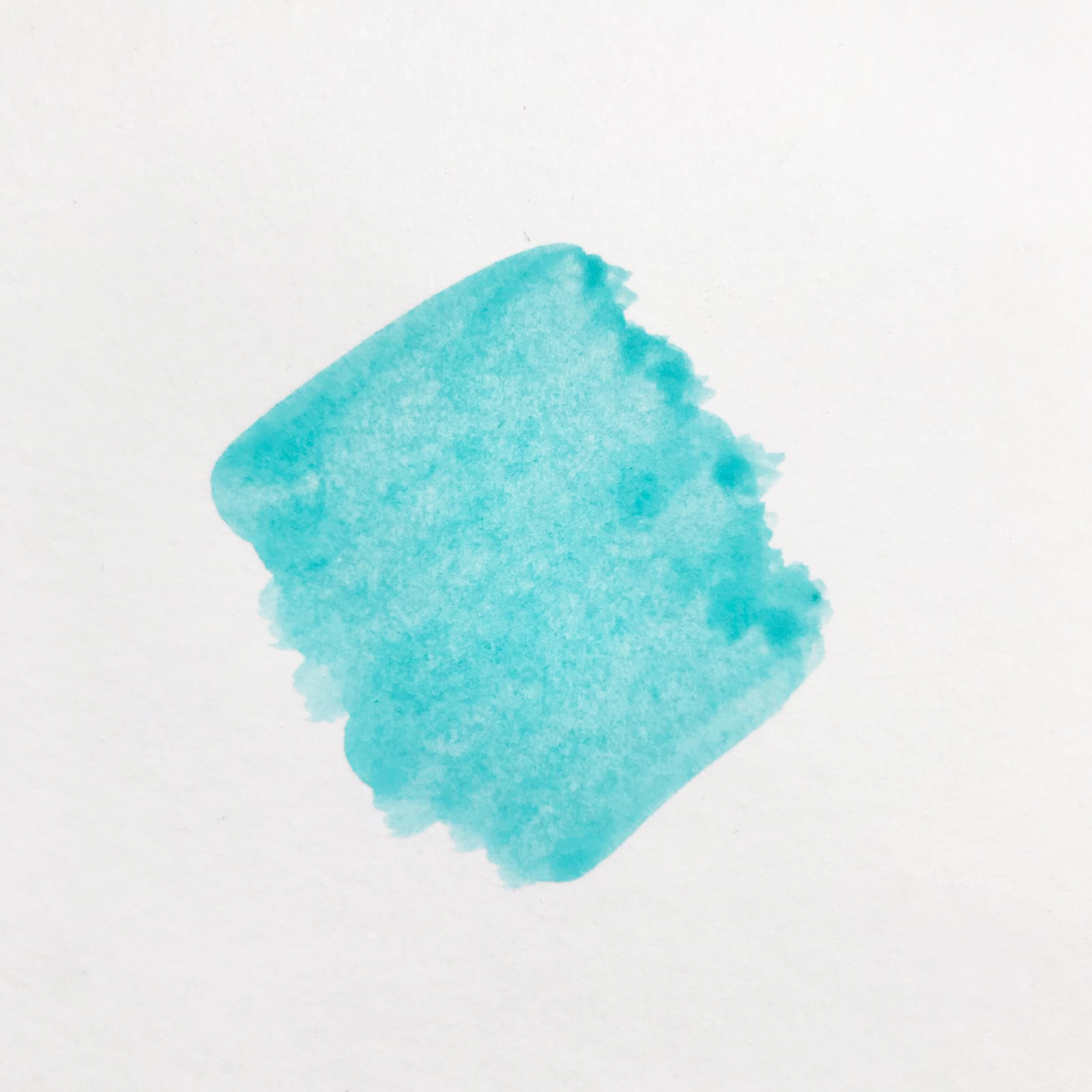

Watercolour is a medium that creates beautiful washes of colours. Watercolour paints are made by mixing powdered pigments with a special glue called gum arabic. This glue holds the paint together and keeps it from flaking off the paper when dry.
Watercolour can be tricky for beginners to handle. It is translucent and easy for the artist to lose control. It is good to be mindful of the number of colours you apply, because too many colours blended together can give a muddy feel. And if you want certain areas to be light, you have to plan ahead. You also have to use the right amount of water to pigment and apply it on an absorbent sheet of paper. Timing is key which comes with experience and a lot of practice. You can work with watercolours as wet on wet, or wet on dry. Unlike acrylic, you cannot cover up your mistakes.


Right: Blue paint was painted over orange paint after the latter was dry. The layer below is visible because watercolour paint is translucent.
Acrylic paint can be applied on canvas, paper, glass and wood. Once the paint dries up on the palette, you can’t use it anymore as it forms a layer of “plasticky” paint which can be peeled off. Watercolour paint can only be used on paper specially made for watercolour. The paints can be left on the palette and you may mix them with water and use again.
Our recommendation for the little ones is to start with acrylic paint. As they become more experienced and have discovered some painting principles, they can then tackle watercolour with greater ease and confidence.
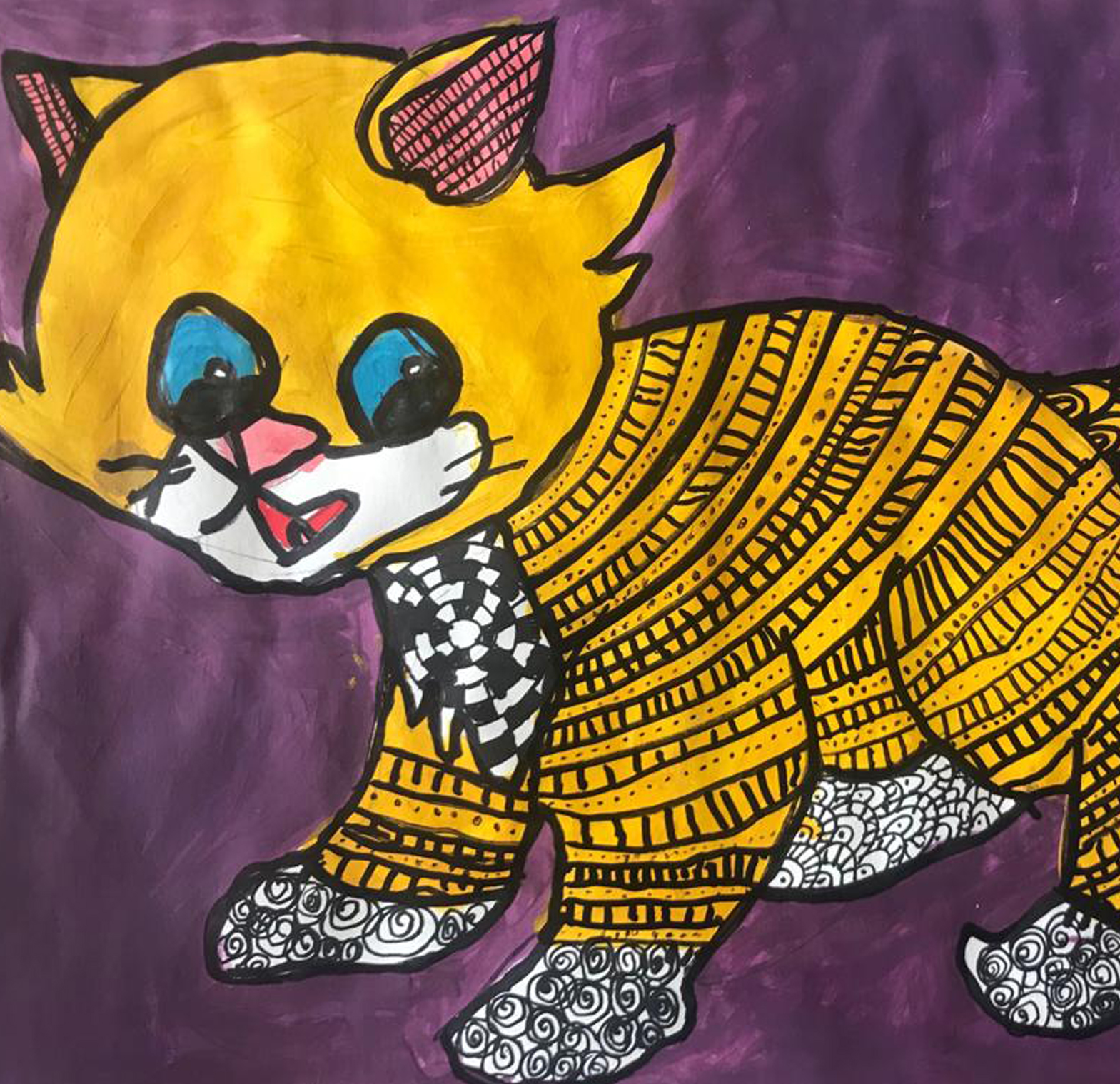
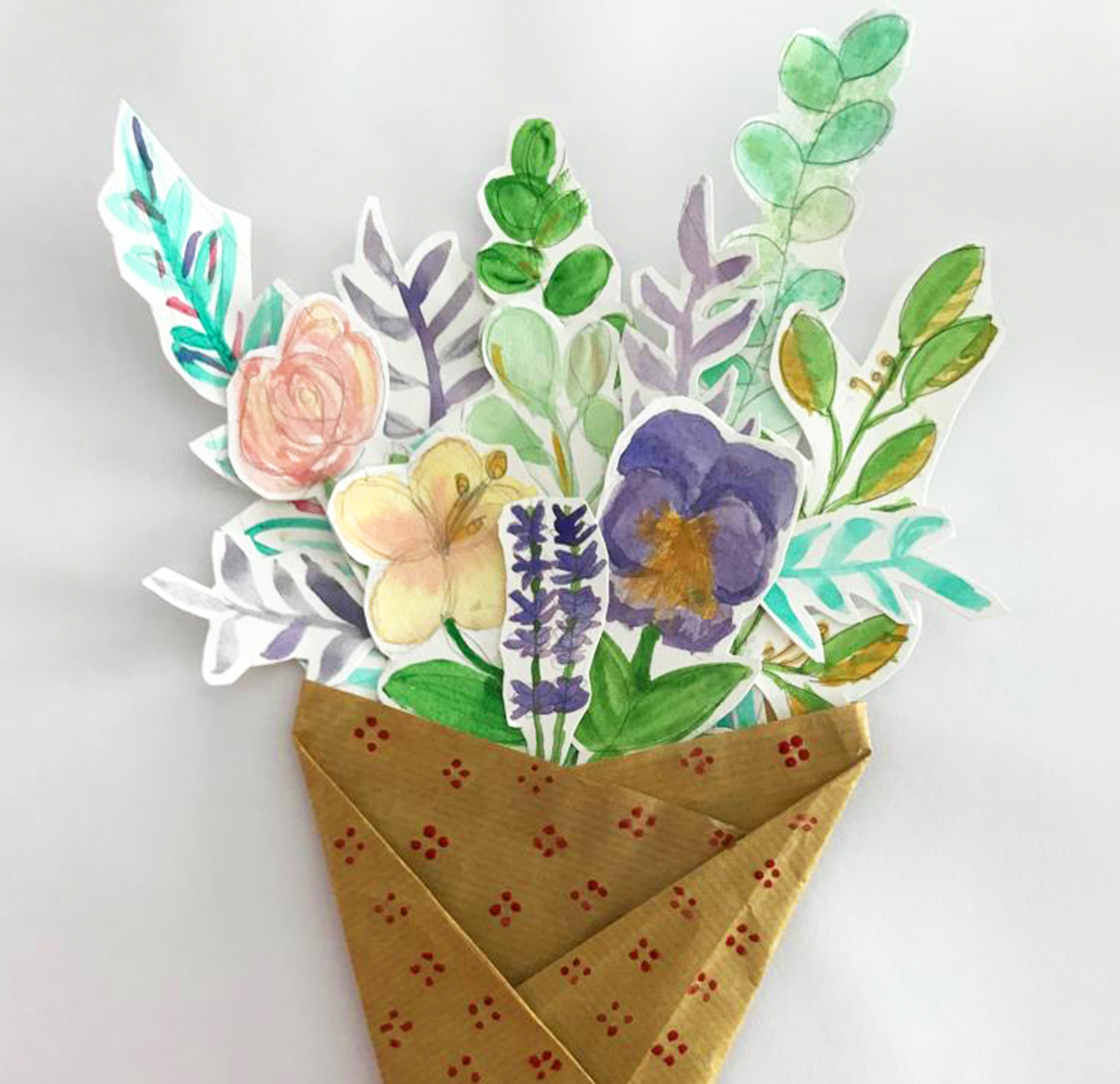
Right: Bouquet (watercolour art created by 13-year-old Arya)

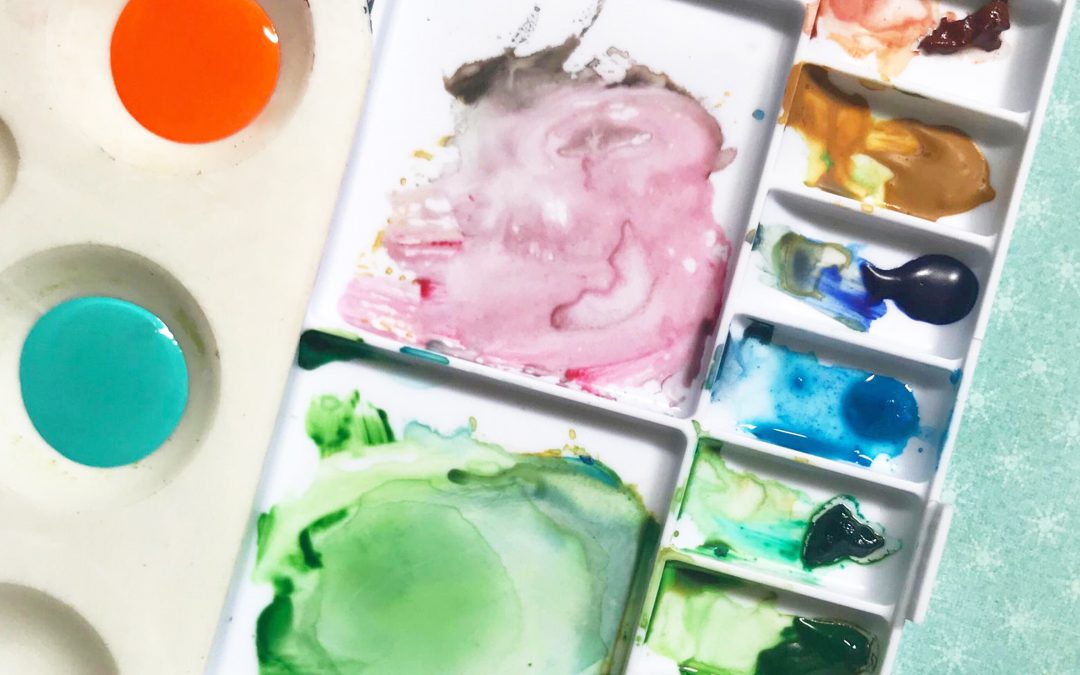
Recent Comments